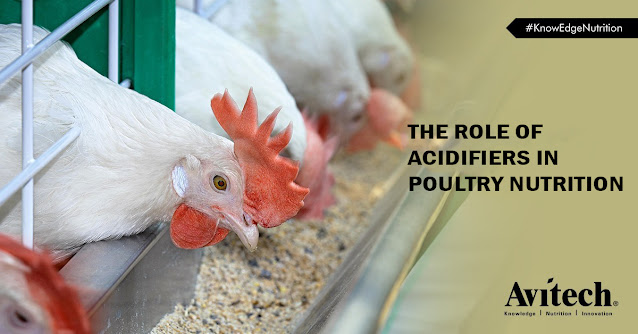The Role of Acidifiers in Poultry Nutrition

Antibiotic growth promoters (AGP) are being used for the past five decades to improve the performance of poultry. Sub-therapeutic levels of antibiotics in poultry feed supplements have increased feed efficiency and growth. They do not improve performance in germ free animals, which indicates their action on microflora. Role of GIT Microflora in Poultry Nutrition The gastrointestinal microflora of chicken plays a significant role in poultry nutrition and growth. The competition offered by gut microflora for poultry nutrition is often managed by in part through the use of low levels of antibiotics. This option is rapidly disappearing. As a result, there is a need to understand the role played by microflora in order to manage its effect on poultry nutrition, growth, health and disease by suitable replacements for antibiotics. In chicken, the gut microflora plays a minor role in digestion of feed. However, the microbes play an important role in absorption of nutrients. Factors affec...